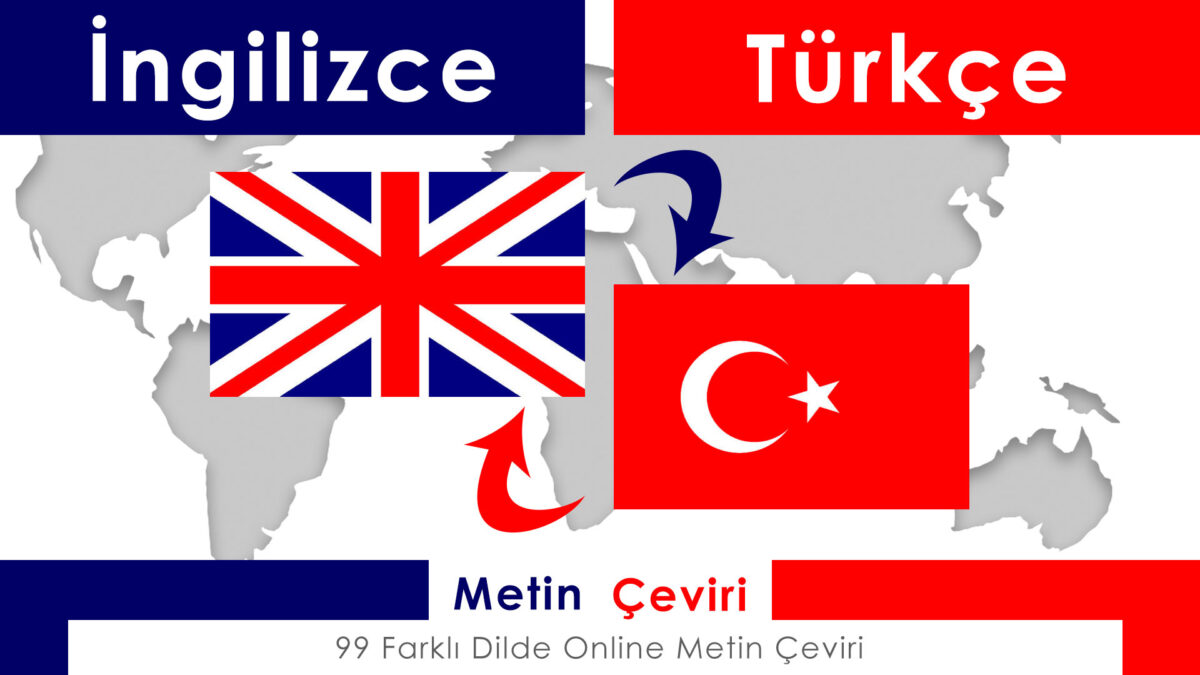| When an aircraft is trimmed to fly straight and level, any longitudinal movement of the C of G position would alter its distance from the CP and thus alter the turning effect of lift. Consider a situation where the C of G is too far forward. The lift force would be acting over a greater distance and this would give the aircraft a nose down tendency. To compensate for this, the pilot would need to adjust the elevator or stabilator trim. In an extreme case, the pilot may have to use the whole of the trim control range just to maintain level flight. Whilst this may be possible, the pilot xvould then be denied use of a substantial part of the effective pitch control range. That would become particularly dangerous during take-off and landing or during low speed flight manoeuvres where large control deflections may be required. In the extreme, the aircraft could enter an uncontrollable dive. If this were not bad enough, the in-flight fuel consumption is increased and the aircraft’s range is reduced because of the drag imposed by having the elevator or stabilator permanently deflected in the air stream. The length of the take-off run would be extendes/ and, in the extreme, the aircraft could overshoot the end of the runway. |
